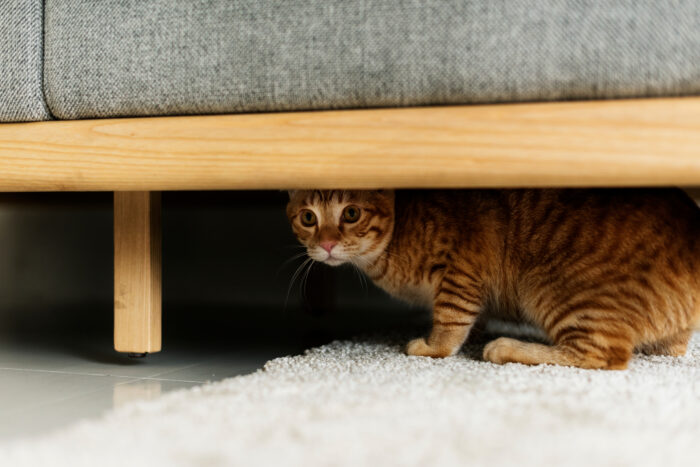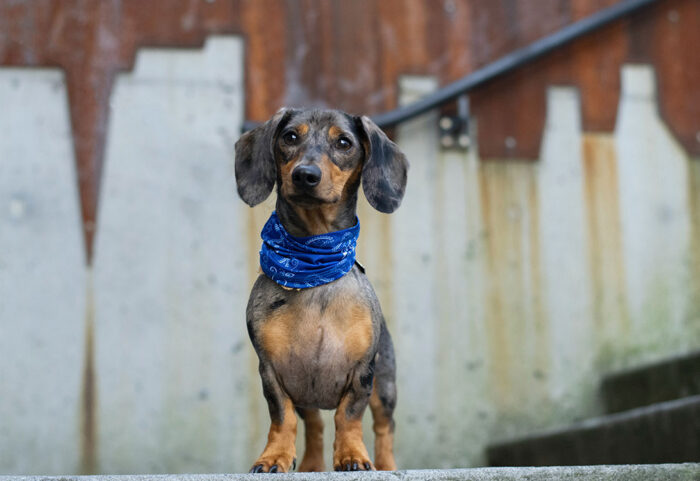What is Reverse Sneezing in Dogs?
Does your dog ever gasp for air, honking and horking and generally just sounding like a weed-whacker? Yeah, he’s probably reverse sneezing. It’s pretty unsettling, but it’s usually nothing serious.
What is Reverse Sneezing?
Reverse sneezing has two more technically-correct names: Pharyngeal Gag Reflex or Paroxysmal Respiration. It’s basically your dog rapidly pulling air into his nose instead of pushing it out, like in a sneeze. He does this because his throat feels itchy, or because it feels like there’s something in his airway (like dust or a blade of grass) he’s trying to clear out. When reverse sneezing, most dogs will suddenly stand still, push their elbows out, then inhale repeatedly (and aggressively) through their nose. This action makes a distinctive “honking” sound that’s both loud and sometimes startling. Not to worry…almost all dogs reverse sneeze at some point or another and go back to normal right after. Most reverse sneezing episodes only last 10-15 seconds and contain anywhere from one or two to a couple dozen sneezes. Fun fact: Cats don’t really reverse sneeze! Here’s what reverse sneezing might look like:
Should I Be Worried About Reverse Sneezing?
Reverse sneezing is a process that’s actually closely related to normal sneezes and it’s almost never anything you need to worry about. It’s not indicative of any underlying health issues or other emergency issues unless your dog is truly struggling to breathe. (If this is the case, rush him to an emergency vet clinic.)
Most reverse sneezes are caused by a spasm or debris inside the trachea, sinuses, or pharyngeal passages. Dogs do it when they’re trying to remove something like dust or dirt, or when they’re just feeling itchy. Reverse sneezing is more common among dogs with allergies, but it can also happen when a dog gets overexcited and ends up with a lot of saliva and/or an overly dry throat.
Can I Stop the Reverse Sneezing?
One of the most effective (and hilarious) ways to help your dog through a reverse sneezing fit is to blow lightly into his face. This causes him to swallow a few times which usually clears up the problem. If blowing doesn’t help, try lightly massaging your dog’s sinuses or even gently pinching his nostrils closed for just a second. If reverse sneezing is a common occurrence for your dog, you might want to talk about it with your vet the next time you see him. Although it’s not harmful, it’s not particularly pleasant for your dog, and medications can help. If seasonal allergies are the culprit, for example, some over the counter antihistamines might be all you need but its recomended to consult your vet 1st. You also might want to keep notes on when, exactly, the reverse sneezing is happening to try and pinpoint the cause. It could be that your dog is just allergic to your new perfume! There’s also a chance – bear with us – that your dog has contracted nasal mites. They’re parasites that live inside your dog’s nasal passages and they’re itchy. Dogs give them to other dogs which means your dog’s more likely to contract them if he’s been boarded, at the dog park, or goes to doggy daycare.


